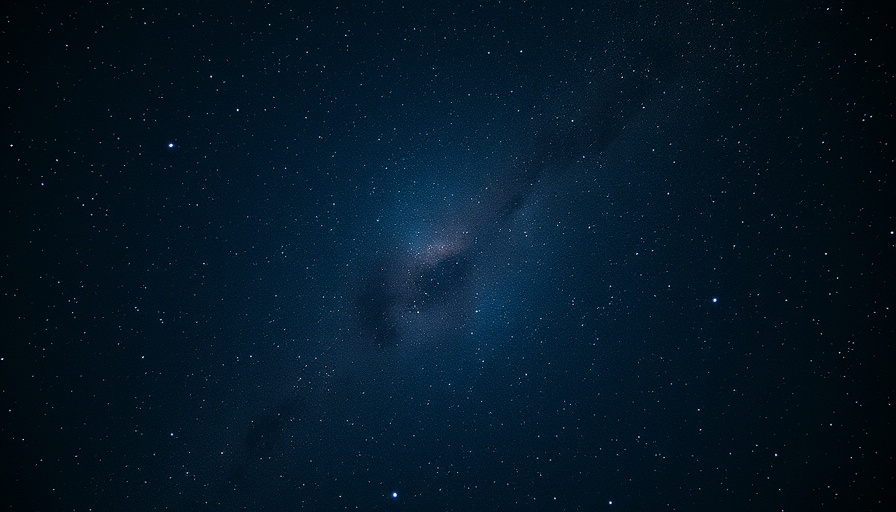
James Webb Telescope's Fascinating Find in the Void of Space
The James Webb Space Telescope (JWST) has made headlines again with a remarkable discovery of a mysterious, planetary-mass object named SIMP 0136, approximately 20 light-years from Earth.
SIMP 0136, approximately 13 times the mass of Jupiter, is distinct from celestial bodies that typically orbit stars, as it freely drifts through interstellar space. The JWST's advanced infrared observations reveal a fascinating and complex atmosphere that includes potential cloud layers and temperature shifts, drawing comparisons to gas giants in our solar system, such as Jupiter and Saturn.
The Enigma of SIMP 0136: Is it a Planet or a Failed Star?
SIMP 0136 presents a baffling classification challenge. It's theorized to be a brown dwarf, a type of celestial body that occupies the ambiguous space between a planet and a star. According to the research, brown dwarfs can't initiate hydrogen fusion due to their mass limitations, yet they have intriguing qualities that resemble stars. SIMP 0136's rapid rotation, completing a full rotation in just 2.4 hours, poses further questions about its nature and atmospheric behaviors.
Insights from the James Webb Observations
Through rigorous involvement with the Near-Infrared Spectrograph (NIRSpec), the JWST enabled scientists to investigate wider spectral emissions, expanding upon earlier Hubble and Spitzer missions. This new data uncovered variations in brightness and patterns that may indicate the existence of differing atmospheric conditions. For instance, patches of clouds and shifting temperatures might suggest dynamic weather patterns.
What Lies Ahead: Future Implications and Studies
The ongoing exploration of SIMP 0136 offers tantalizing clues about the nature of similar rogue celestial bodies. Allison McCarthy, a lead researcher on this project, noted that understanding these atmospheric variations is crucial for studying exoplanets. As researchers continue to investigate the implications of methane, carbon monoxide, and other molecules, a clearer picture of the chemistry at play in this distant object may emerge.
The Broader Cosmic Connection
This discovery is not only about a single object; it illustrates the evolving understanding of our universe's myriad structures and the complex phenomena that govern their existence. The potential for auroras, unusual temperature inversions, and weather patterns mirrors the conditions found on some of our own solar system's bodies, thereby enriching our grasp of cosmic processes.
As scientists dissect the layers of SIMP 0136’s atmosphere, they’re not only uncovering the nature of this object but also enhancing our knowledge about planetary formation and atmospheric behavior in a broader cosmic context. Each new piece of data adds to the tantalizing puzzle of what lies beyond our solar system.
Stay tuned as researchers harness these advances to illuminate the darkness of the universe, one celestial discovery at a time.
 Add Row
Add Row  Add
Add 
 Add Element
Add Element 

Write A Comment